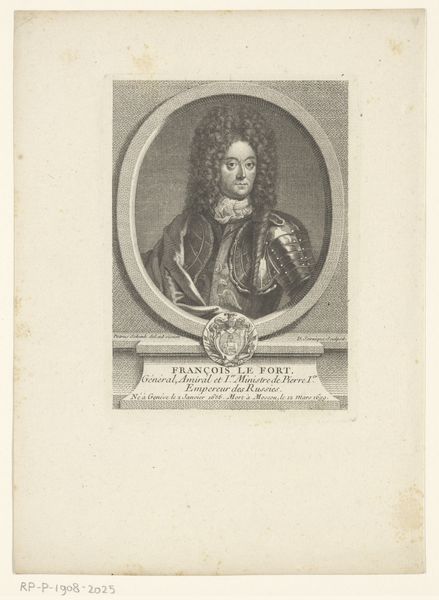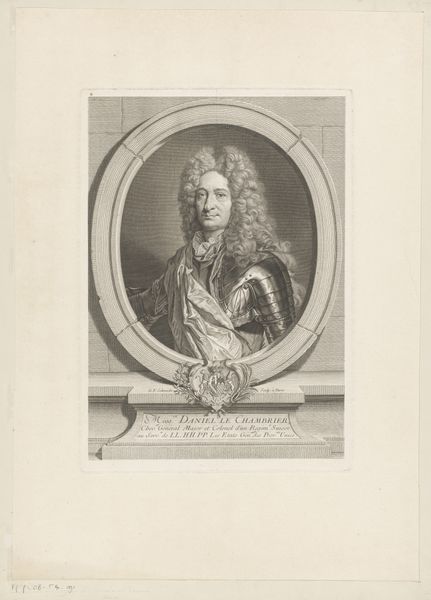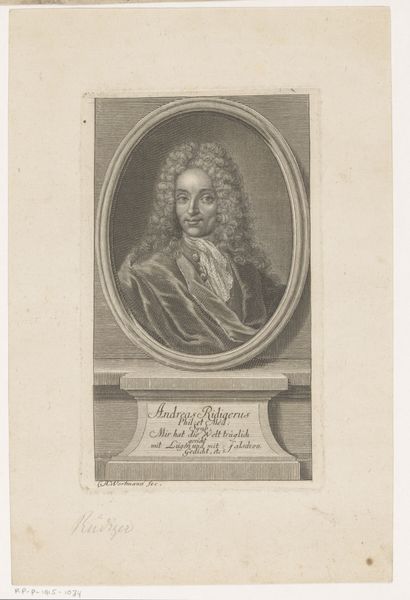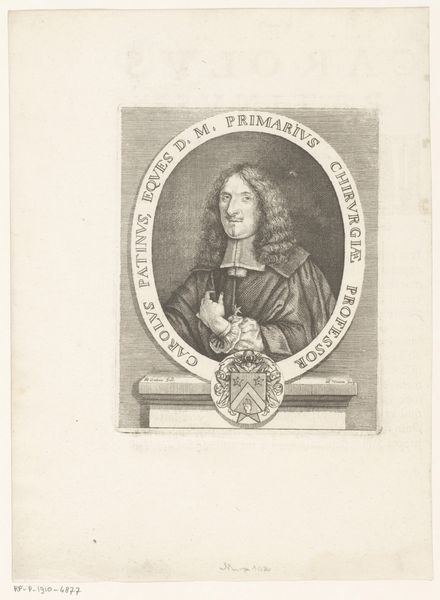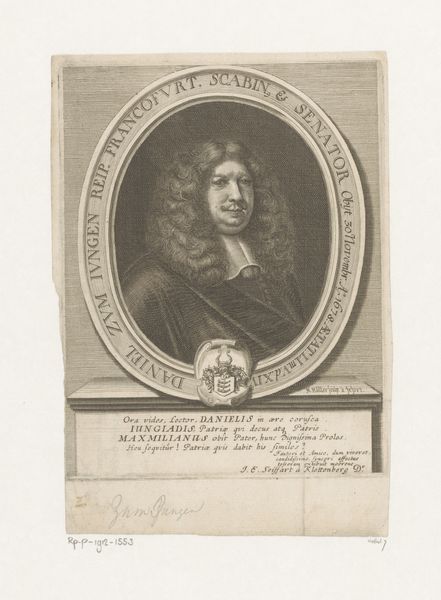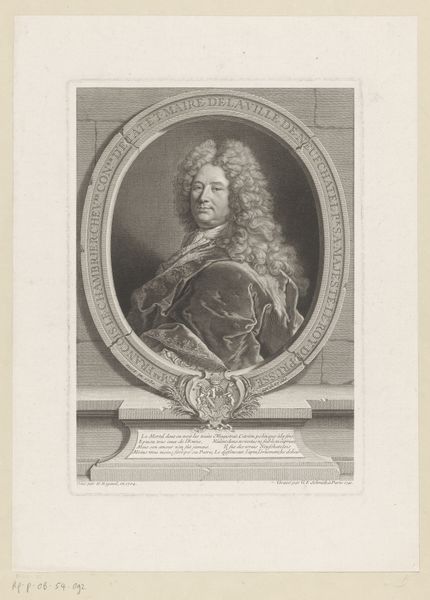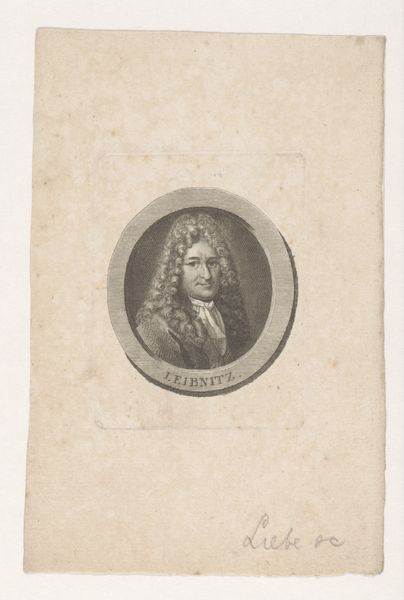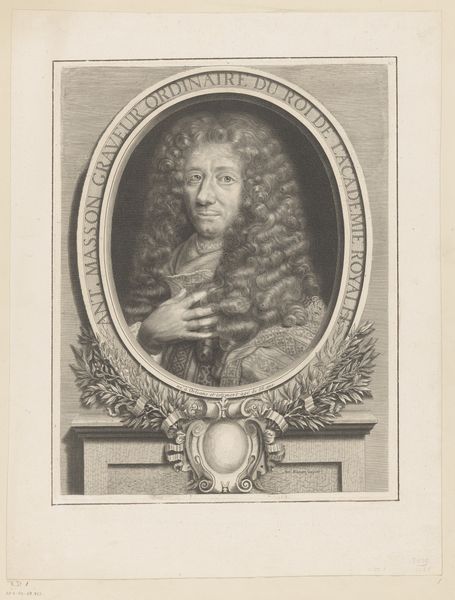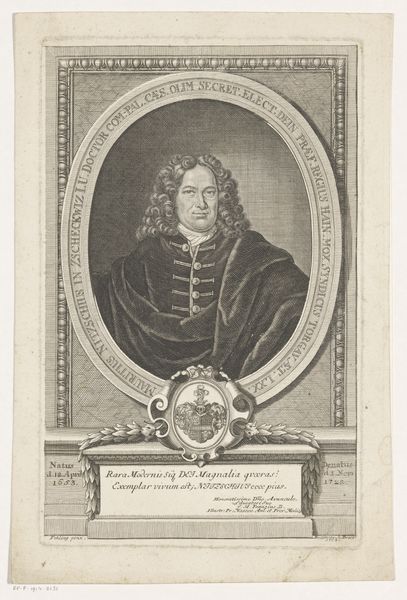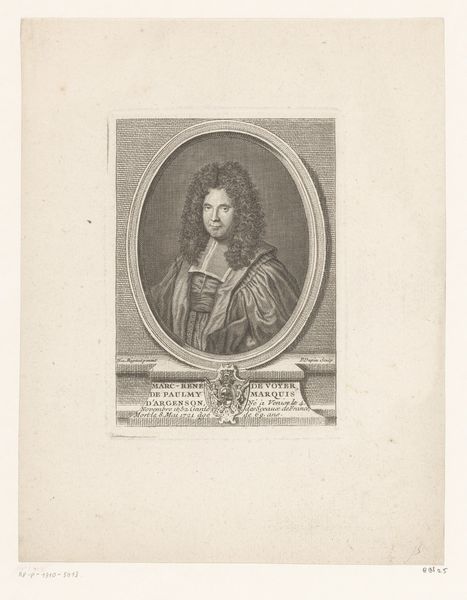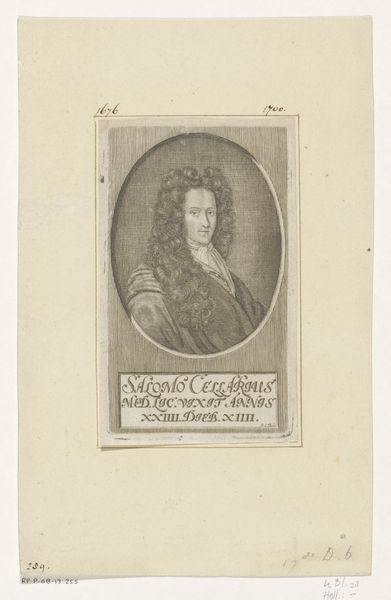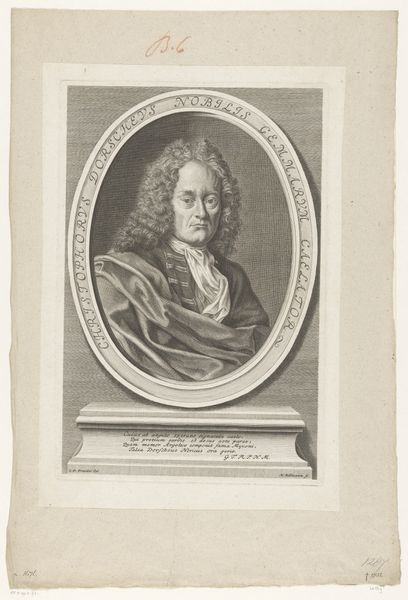
engraving
#
portrait
#
baroque
#
old engraving style
#
history-painting
#
engraving
Dimensions: height 152 mm, width 106 mm
Copyright: Rijks Museum: Open Domain
Curator: This portrait, "Portret van keizer Leopold I," created between 1755 and 1765 by Jean-Charles François, is an engraving. It's amazing to see the level of detail achieved through this medium. What are your first thoughts? Editor: I'm struck by how the image itself mimics the subject it represents, Emperor Leopold. The crispness of the engraving makes the portrait feel very official, almost like currency, yet distant, due to the nature of the black and white engraving. I wonder, what are your views on it? Curator: From a materialist perspective, consider the role of the engraver. François wasn’t just an artist, he was a skilled labourer participating in a specific economic system. This engraving was likely mass-produced for distribution, fulfilling a propagandistic function: reinforcing Leopold's image and authority across society. Think about the materials – the copper plate, the ink, the paper - each with their own story of production and consumption. How does this understanding influence how you see Leopold's portrayal? Editor: So, focusing on the 'how' of making it highlights the emperor's PR machine rather than simply the image of a leader? Did these materials impact how ordinary citizens perceived Leopold? Curator: Precisely. The availability of these images, reproduced en masse, meant more widespread exposure, but also a potential dilution of the Emperor’s mystique. Engravings democratized art, to some extent, bringing imagery formerly restricted to the wealthy into broader circulation. And that changed the artwork into something political, impacting his standing. It wasn’t just a picture; it was a carefully manufactured commodity with tangible societal influence. Editor: So, by looking at the engraving itself, we are gaining a different understanding about its role at that time! Thanks! Curator: Indeed. Material analysis gives an alternative narrative of the artwork which provides the context of labour and industry involved in image-making and how it influenced the public’s consumption and understanding of figures like Leopold.
Comments
No comments
Be the first to comment and join the conversation on the ultimate creative platform.
